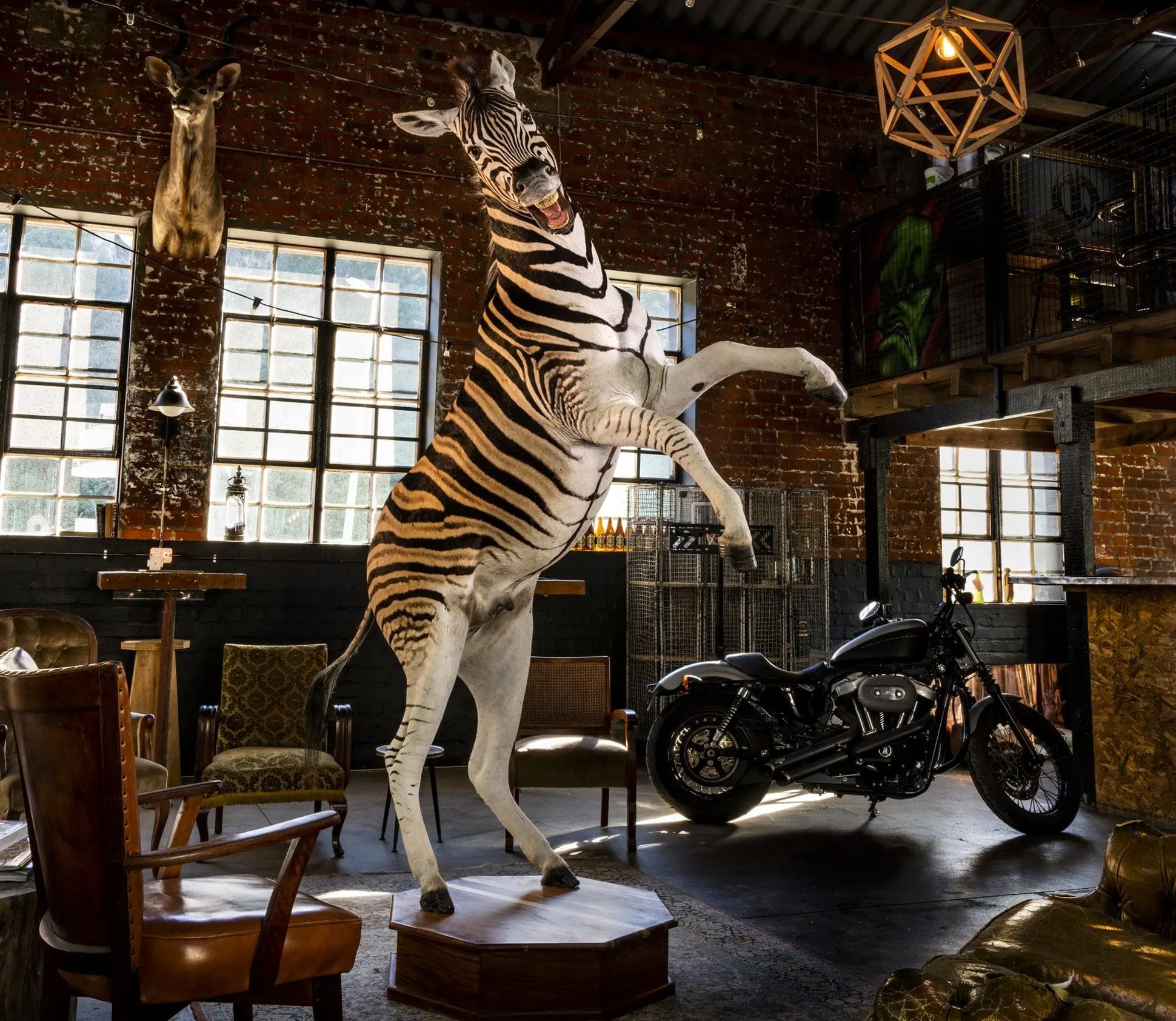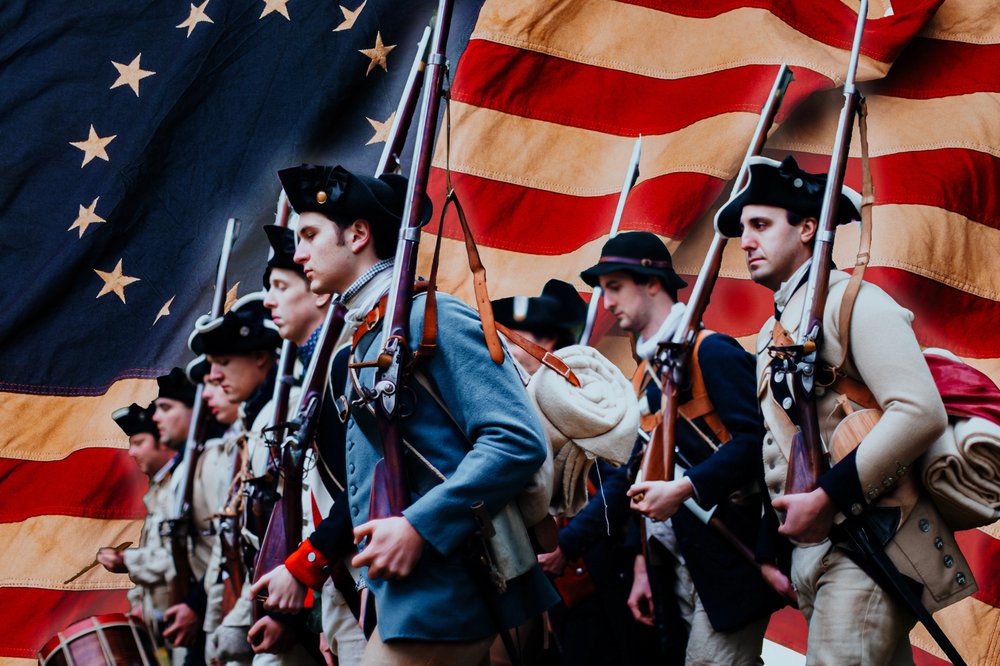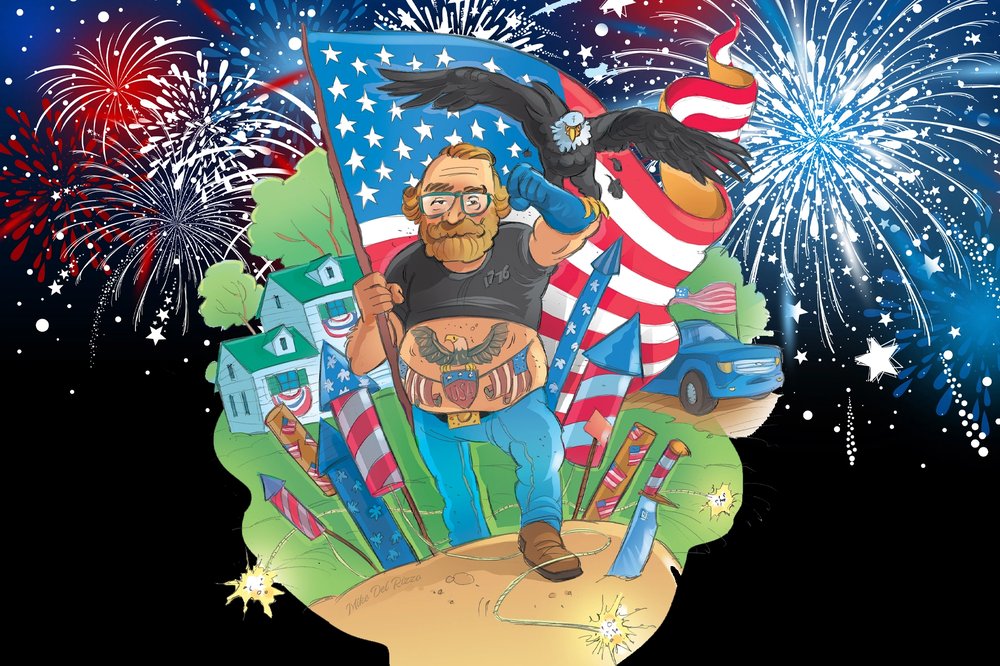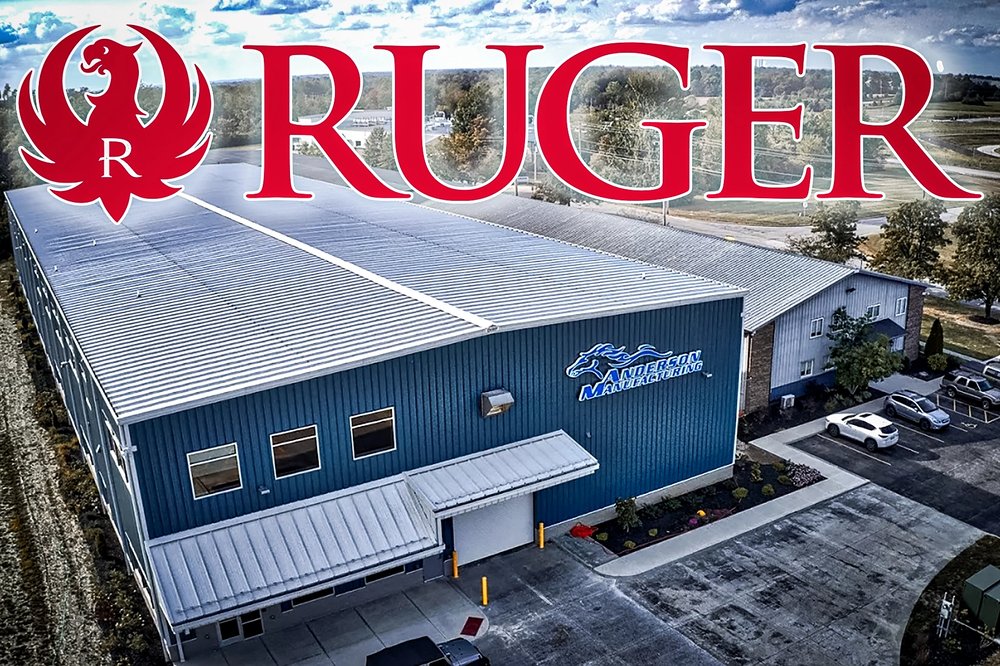Splitting Image Taxidermy tells stories of the hunt through meticulously crafted artistry that celebrates the beauty of wildlife.
Since 2004, Douglas Cockcroft, owner of Splitting Image Taxidermy in Port Elizabeth, South Africa, has been serving a global clientele of experienced hunters. Built on a foundation of experience—Cockcroft’s family has been involved with wildlife hunting for three generations, and the artists he employs have a background in the industry—Splitting Image creates artistic masterpieces that tell the story of the hunt. It has since opened an affiliate location in Pinehurst, Texas, outside of Houston.
Hook & Barrel spoke to Cockcroft about the artistry in his taxidermy that preserves the memory of the hunt in vivid detail.
How did you get into taxidermy?
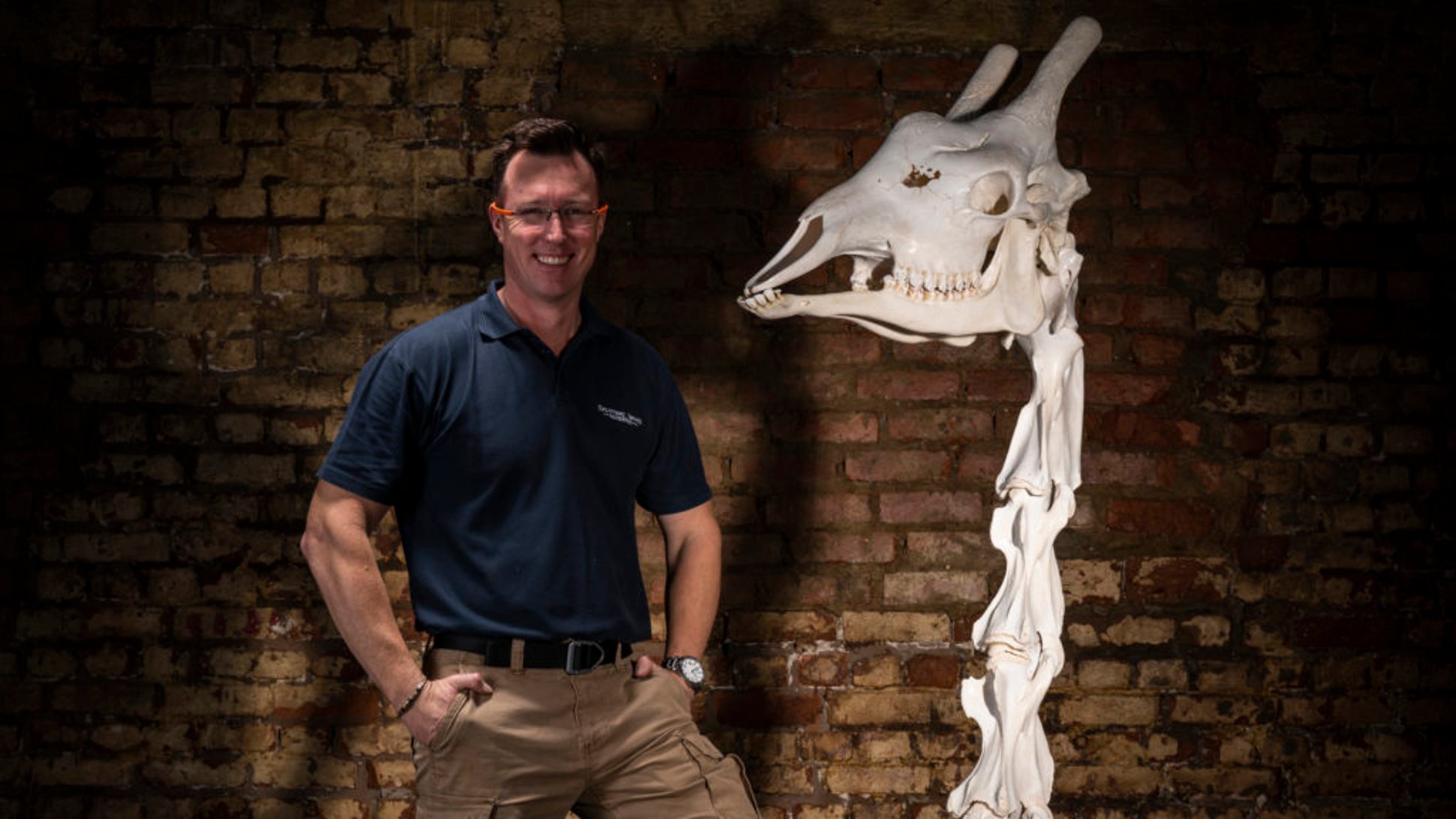
I was privileged to work with wildlife at a young age through my family. Later, I was a photographic and walking guide throughout South Africa. However, this industry leaves little time for family, and as much as I loved the bush, I wanted to have a career that would allow me to be with my children.
Finding work that encapsulates wildlife, art, and the romance of safari is tough. I was fortunate to come across taxidermy in 2000 when I was a professional hunting guide. A client asked me for reference photos for a competition taxidermy piece. I ended up doing an apprenticeship with him and learned the initial stages of becoming a taxidermy artist. I use the term “apprenticeship” loosely. As a protected art, there is very little in the way of formal education. To learn the trade, you have to work for a taxidermist.

The learning never stops. I work with talented taxidermists throughout the world, and we learn as we go: hunting, taking death casts, studying as many anatomical notes as we can get our hands on. I am constantly reading on the subject and reference my background in wildlife photography. I’ve seen animals in their natural environment for so many years; the challenge is to get my hands to recreate what my mind sees.
What are some misconceptions about taxidermy?
We don’t stuff animals. That idea stems from years ago when people would use a stuffing inside a mannequin-shaped object with skin wrapped around it. When we create a piece, we tan the skin and mount it to a mannequin, which is constructed from polyurethane and clay. The foundation of great taxidermy is two points: good, quality tanning and a sculpture that shows off the animal’s anatomy. This means that the skin will last and when applied to the mannequin, the natural muscular detail will be presented in an anatomically correct fashion. Most of our artists have a background in wildlife and the outdoors. The senior artists have either worked on hunting ranches, game reserves, or on conservation projects.
Describe the creative process.
I work with an in-house artist on the context of what we want to create, using photographs and explaining what I am trying to do for the client. From this, the artist creates a few sketches that bring the ideas together to send to the client for approval. We also do sketches for clients of an animal they hunted as if that animal was still alive.
To create the trophy, there’s a practical and emotional side. On the practical side, the trophy goes through various steps, making sure the skin is tanned correctly. We sculpt the mannequins from death casts, which have the necessary muscle and anatomical definition in place so when we mount these animals they will present correctly.
From an emotional perspective, a service team corresponds with clients to understand what they went through to harvest that animal and to request hunting photos. This information is given to the artists to help them understand the client. A rule of conduct is that at any time any artist in the studio working on an animal should be able to tell me what the animal is, who the client is and where they are from without looking at the tag.
Aside from the tanning, two artists work on each trophy. The first mounts the animal onto the mannequin and applies the skin. After the trophy is dry a finishing artist cleans it, puts in the natural color and adds the gloss on the end of the nose—the small details that make the animal pop. When they are done, the artist adds a stamp to show who created the animal.
And how about creating those thrilling action poses with multiple animals?
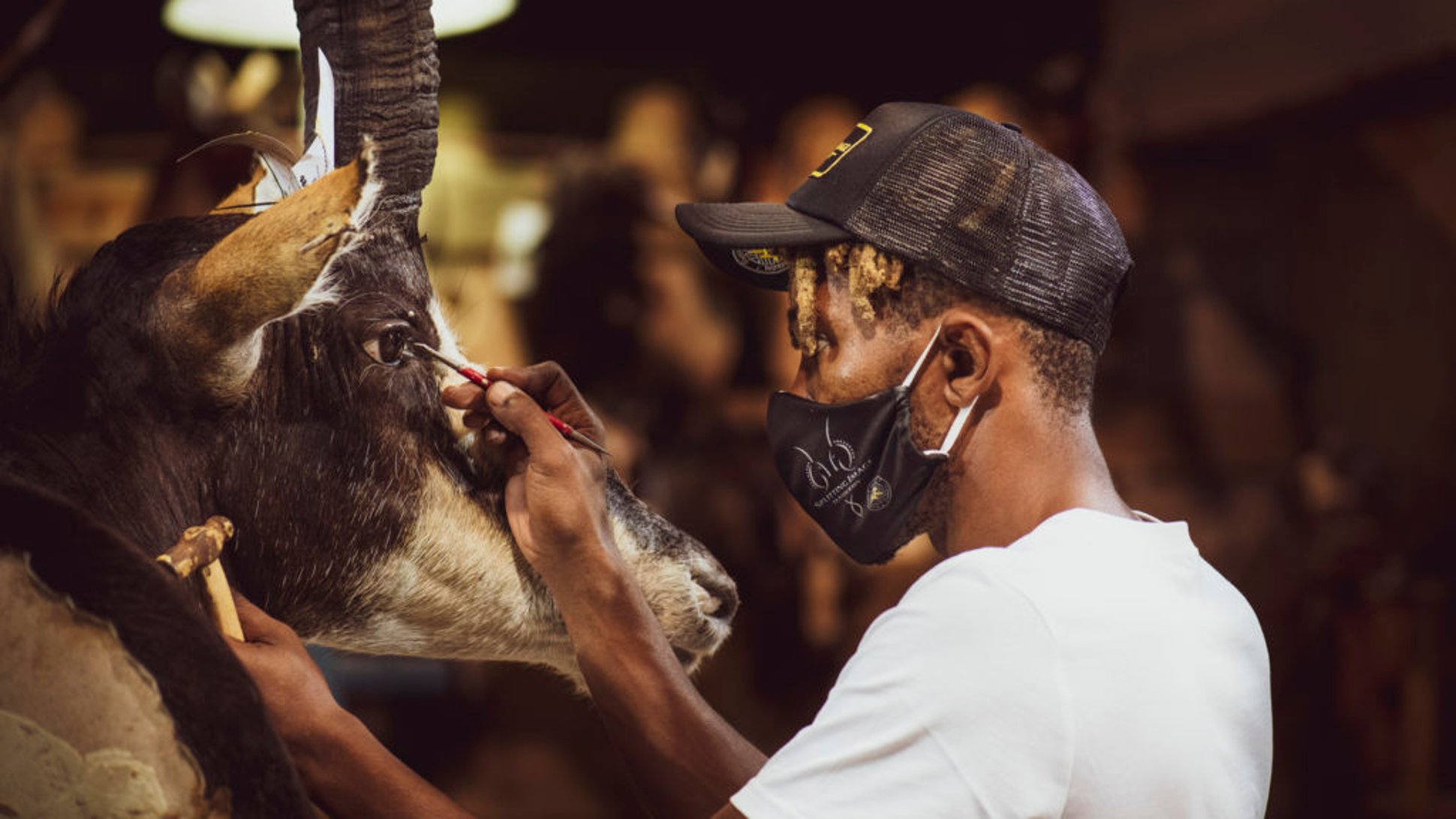
That is where we get to really express our artistic ability. We spend a lot of time looking at photography for detail and pick various poses. From those poses, we will take a standard mannequin and sculpt it so we have two mannequins in a pose that is balanced, with motion showing the energy being transferred between predator and prey. We keep refining the mannequin until we are left with two sculptures connected to one another. Then it’s just a matter of connecting the skin and adding detail that gives the expression to the mount.
What animals do you work with the most and which are the most difficult?
We see a lot of plains game: kudu, impalas, springbuck, zebra, wildebeest.
Cats are the hardest because there are so many small nuances about their movement that are difficult to portray. African cats have a very thin hair follicle due to the temperatures where they live, so you see the muscle, you see the movement. I’ve mounted bobcats, leopards, mountain lions—most of the cat species —and I’d certainly say the African lynx or caracal is incredibly difficult.
Are there any animals you don’t work with?
Yes: pets. You can study a bear, buffalo, or kudu in the field, get up close and hunt them, but there’s no emotional connection that you would have with a pet. Pets have nuances that make them unique. As an artist, for me to recreate those nuances accurately as the owner would remember them is nearly impossible. It wouldn’t do the animal justice.
What are some trends in taxidermy?
Due to pressures from anti-hunting groups, there is a global move to synthetic recreation of animals, like fiberglass elephant shoulder mounts. In South Africa, we naturally tend toward creating replicas of African species—rhinoceros, hippopotamus, elephants—for hunters or collectors to put on their walls or in their trophy rooms.
Tell us about bone taxidermy.
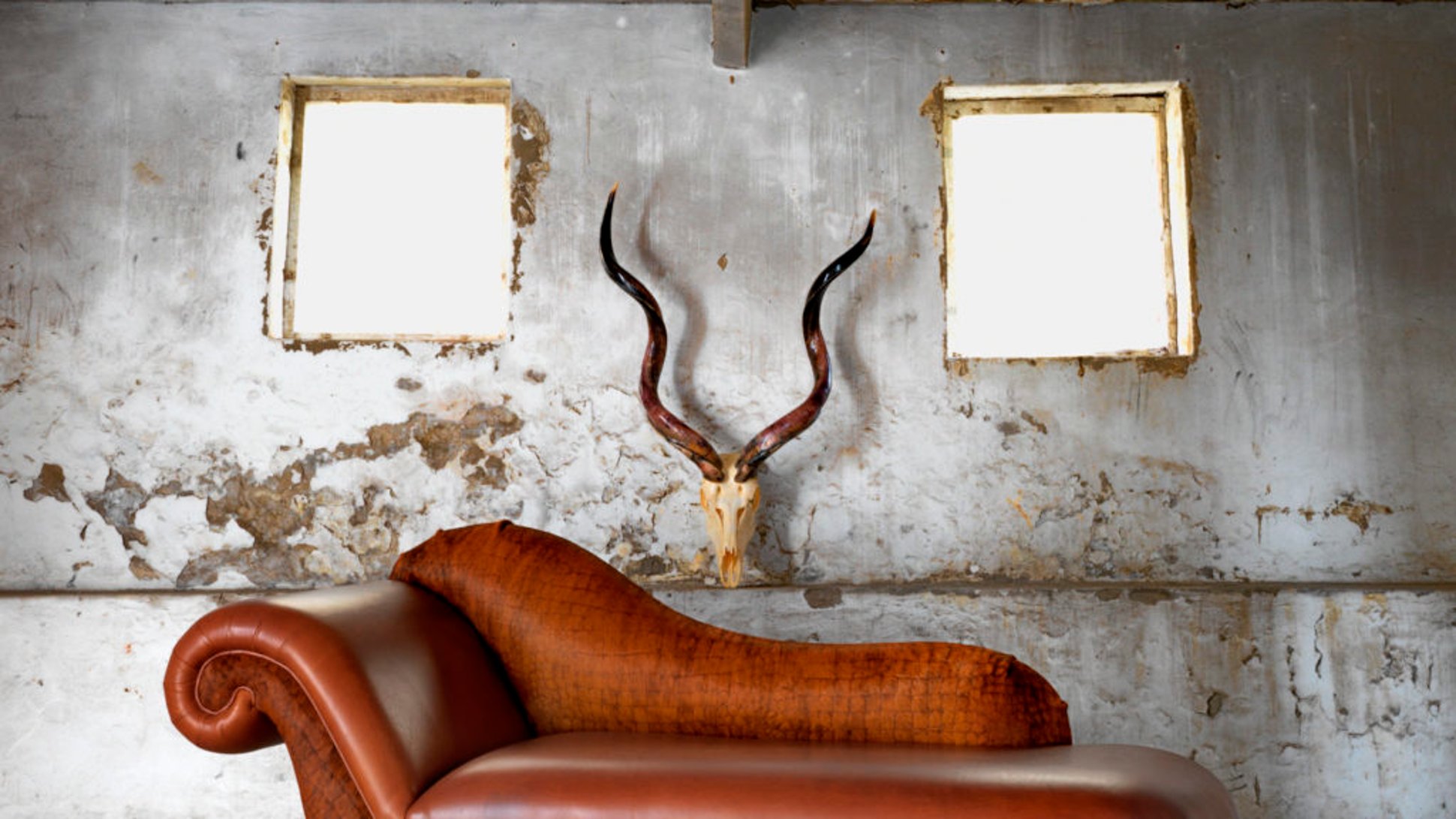
We also do a lot of skeletal reconstructions of species in North America and Africa through our Bone Doctor service. We source the specimen, treat the bones, and take the animal apart one bone at a time and then piece it back together one bone at a time in anatomically correct poses.
We often get asked if we have ever done an elephant skeleton because they are so big. We actually are in the process of assembling one now and should have a full elephant skeleton to release later this year. This is about an eight-month project.
And you also create furniture.
The furniture came about because entire families come on hunts, and wives are becoming more invested in hunting. Taking the clients’ animal skins and incorporating them into furniture creates a piece with a personal connection to the family. For example, maybe it shows the first time a mother and daughter hunted together.
How does one care for a trophy?
You don’t need a specialist. Cleaning trophies is not difficult, and you can use normal household cleaning materials. If you are disciplined and do it regularly—like twice a year—you will dramatically increase the longevity of the trophy. If it’s older, like over 15 years, it may need a new coat of makeup to make the nose wet again, to put in some new varnish or fix an area where the sun caught a part of the trophy and it started to lighten. We always suggest keeping them out of direct sunlight, however, and if at all possible keep them indoors as they don’t fare well outdoors.
Why did you establish a presence in Texas?
I have a simple philosophy that a taxidermist is entrusted with memories to which you cannot equate. People spend so much time and money on these experiences, and they trust the taxidermist to create something beautiful that becomes the prop for them retelling their story. I believe that we need to be accountable for the telling of that story wherever we are in the world. Since most of my clients come from the United States, I figured the best way to create accountability was to invest there, so we set up an affiliate studio for our clients.
What inspires you?
I was privileged to spend a lot of time in East Africa and on game reserves in South Africa. I’ve seen some incredible animals— from leopards pulling baby zebras to the tops of trees with the sun rising behind them to herds of buffalo running past with the dust settling around you—there is something very special about Africa. The reason I do this work, why I want the team to grow, and why I want people to experience what we can offer is that it’s an expression of how grateful I am to Africa for all that it has contributed to me.
